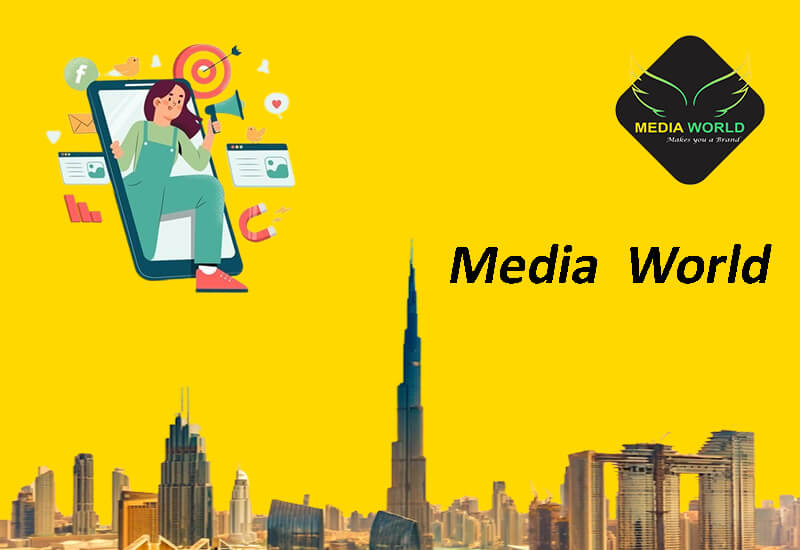Designing the Visual Experience: Stories from Graphic Design Professionals
Graphic
design is a versatile and creative field that involves the visual communication
of ideas, information, and messages through the use of images, typography, and
various design elements. Graphic designers use their skills to create visual
content for a wide range of media, including print, digital, and multimedia
platforms. Here is a detailed description of graphic design:
1. Visual
Communication:
- At its core, graphic design is
about conveying a message or idea through visual elements. Graphic
designers use a combination of images, text, colors, and layout to
communicate concepts, information, or emotions effectively.
2. Design
Elements:
- Graphic design incorporates
various elements, including:
- Typography: The choice of fonts,
typefaces, and text layout is crucial for conveying the tone and message
of the design.
- Images and Illustrations: Visual elements, such as
photographs, illustrations, icons, and symbols, play a significant role
in conveying meaning.
- Color: The selection of colors can
evoke different emotions and create visual harmony or contrast.
- Layout and Composition: The arrangement of elements
on a page or screen affects the flow and readability of the design.
3. Versatility:
- Graphic design is applied in a
wide range of contexts, including branding, marketing materials, web
design, packaging, book covers, posters, signage, user interfaces (UI),
and more. Designers adapt their skills to meet the specific needs of each project.
4. Tools
and Software:
- Graphic designers use various
software tools, such as Adobe Creative Suite (including Photoshop,
Illustrator, and InDesign), CorelDraw, and others, to create and
manipulate visual elements.
5.
Branding and Identity:
- Graphic designers often play a
crucial role in creating and maintaining a consistent visual identity for
businesses and organizations. This includes designing logos, color
schemes, and style guidelines to ensure a cohesive brand presence across
all media.
6. User Experience
(UX) Design:
- In digital design, graphic
designers contribute to the user experience by creating intuitive and
visually appealing interfaces for websites, applications, and software.
7. Print
and Digital Media:
- Graphic design spans both print
and digital media. Designers create materials for brochures, business
cards, posters, and also design websites, social media graphics, email
templates, and more.
8.
Problem Solving:
- Graphic designers are problem
solvers. They address the challenges of presenting information or ideas in
a clear, visually engaging, and effective manner.
9.
Creativity and Innovation:
- Graphic design is an art form
that requires creativity and an eye for aesthetics. Designers often push
boundaries, experiment with new techniques, and stay up to date with
design trends.
10.
Collaboration:
- Graphic designers frequently
collaborate with other professionals, such as copywriters, marketers, web
developers, and clients, to bring a project to life.
11.
Cultural and Global Influences:
- Designers need to consider
cultural and global factors when creating visuals to ensure their designs
resonate with diverse audiences.
Graphic design is a dynamic and ever-evolving
field that combines artistic expression with strategic communication. Whether
it's creating a memorable brand identity, crafting an engaging web experience,
or designing a compelling poster, graphic designers have a significant impact
on how we perceive and interact with the world.








